|
One thing I love about field work is that no matter how many fancy degrees you have, no matter how smart you think you are, nature will find a way to lay you low. This permafrost drilling project was no different. We figured the rocks would be our downfall. But it was metal that took us down in the end. Despite having worked on permafrost in the past, I had never actually drilled into permafrost myself. So, I went with Tatiana Vishnivetskaya and Andrey Abramov, my well-seasoned permafrost scientist colleagues, to do reconnaissance in the summer and try to anticipate any problems that would arise when we did the real drilling under snowcover in the early spring.
So, we scoured the new wonderfully detailed geological maps made by the Norwegian Polar Institute at night and picked out sites that might have deeper soil depth for the next day.
We spent the rest of the day trying to troubleshoot the problem of the sheared screw. Looking at the broken fragment seemed to suggest that the metal itself was bad and had failed even though it was not experiencing much torque.
We started the next day with high hopes at our second location, Kvadehuken, a starkly beautiful peninsula that apparently translates to “bad corner” from old Dutch. Here, we managed to drill down to bedrock past the all important 2 meters permafrost depth. Success! I did a full-on happy dance when we hit 2 m. That was the goal of the trip and we had achieved it. But, we were drilling in a shallow brine lake, so the cores were coming up wet, which is fairly dissatisfying when one is going for the frozen stuff. But I am told that it still qualifies as permafrost because it is below the freezing point of water. Whatever. I don’t make the rules. Karen delighted to reach the permafrost. Success! But to feel satisfied, we really needed something with rock hard ice in it. Something that looked like the permafrost of our dreams.
L-R: James Bradley, Donato Giovannelli, Karen Lloyd and Andrey Abramov.
0 Comments
Leave a Reply. |
Archives
March 2024
Categories |
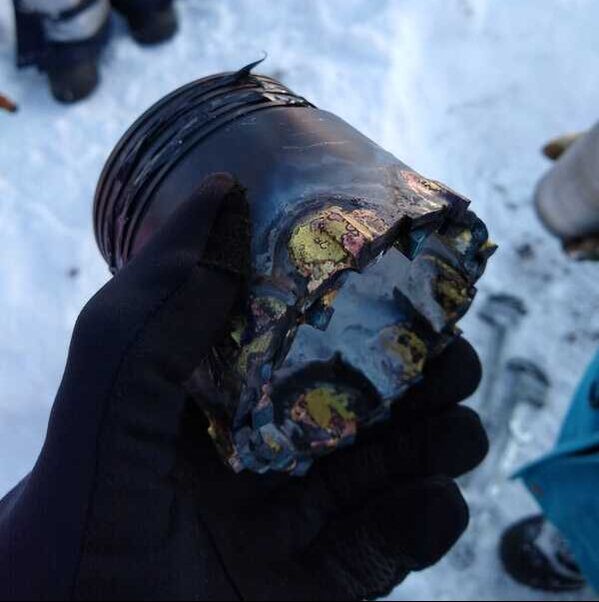
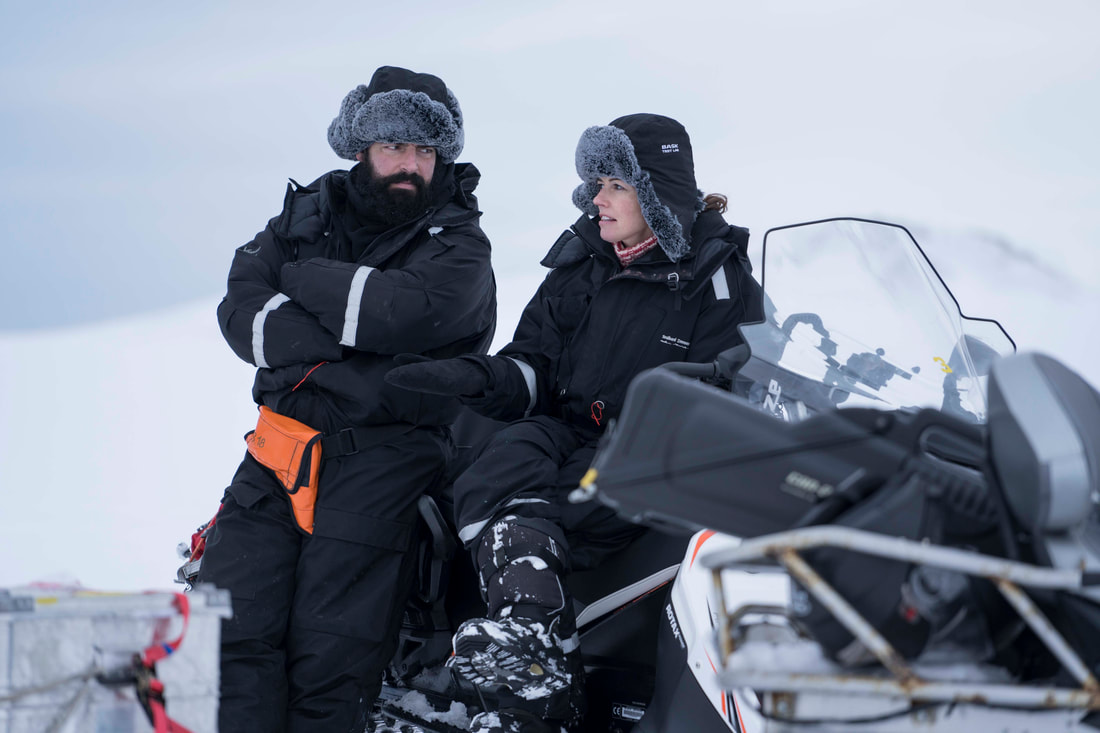
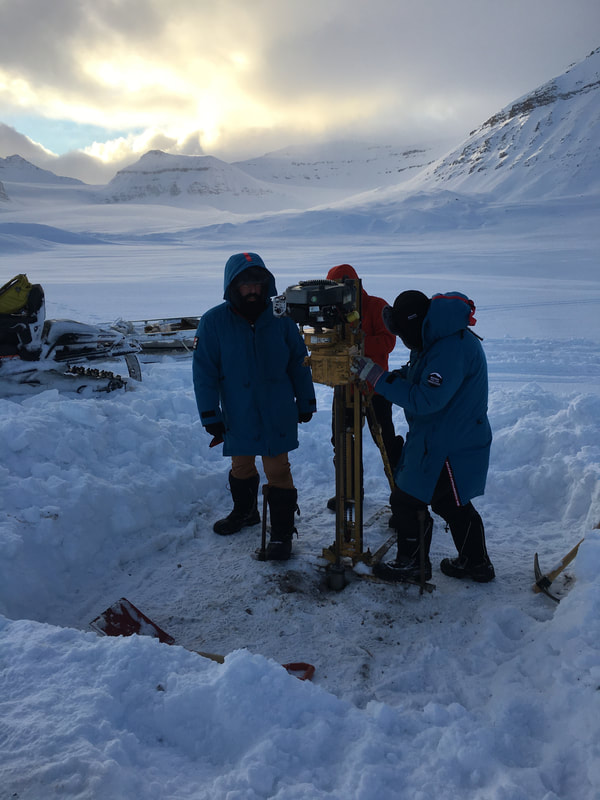
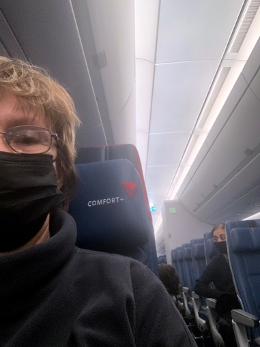
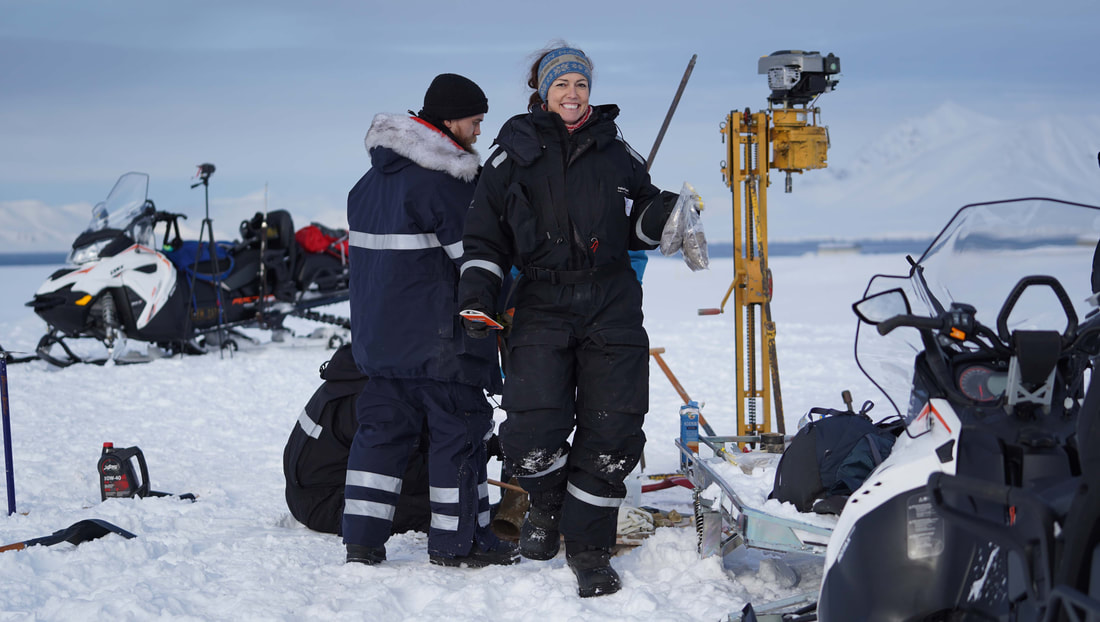
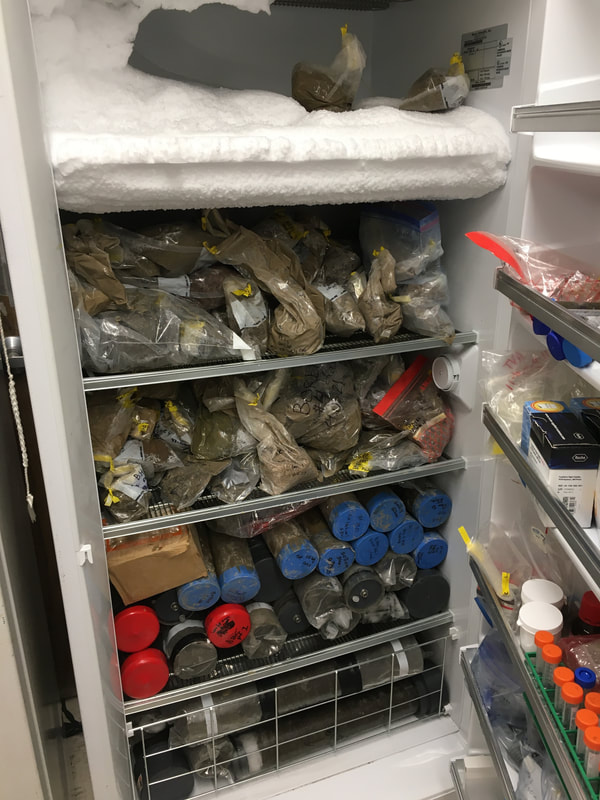
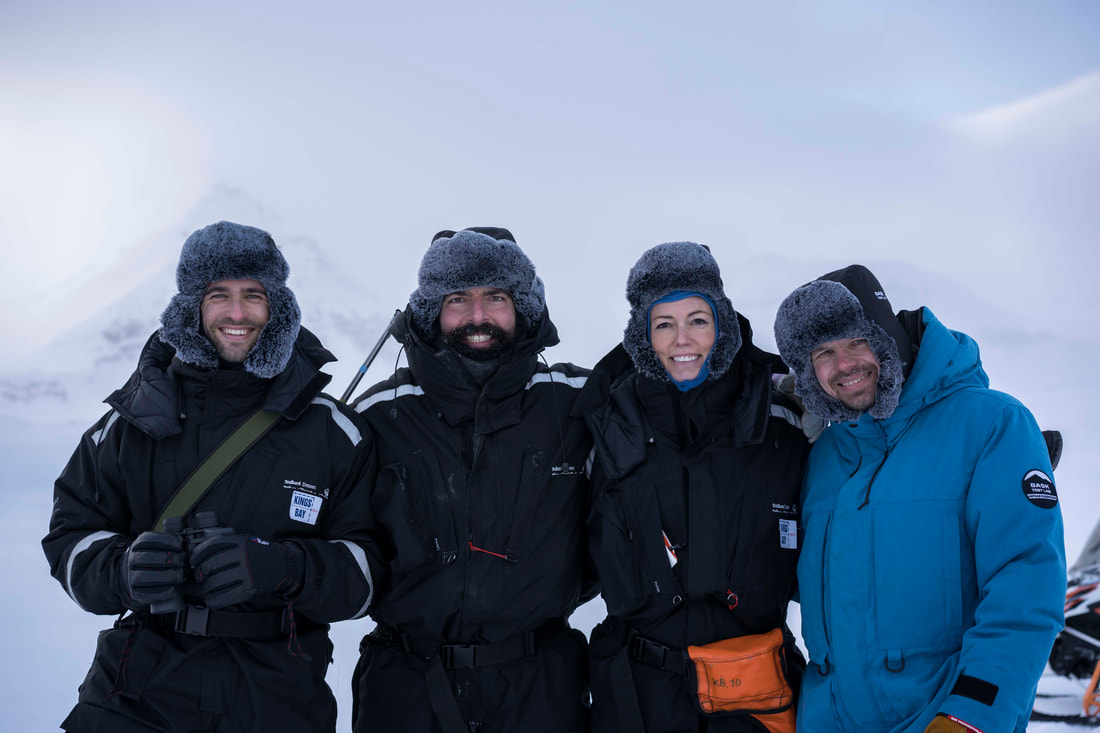
 RSS Feed
RSS Feed
